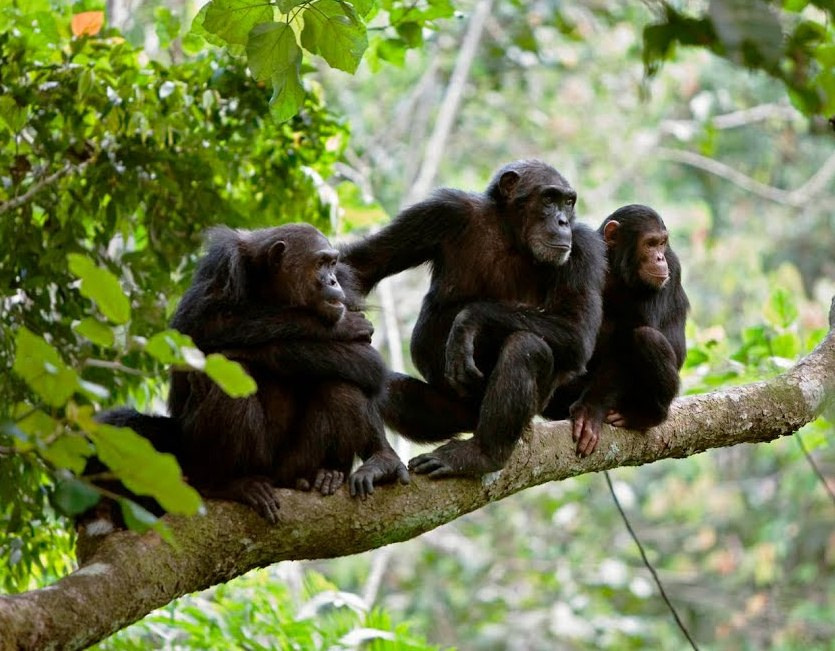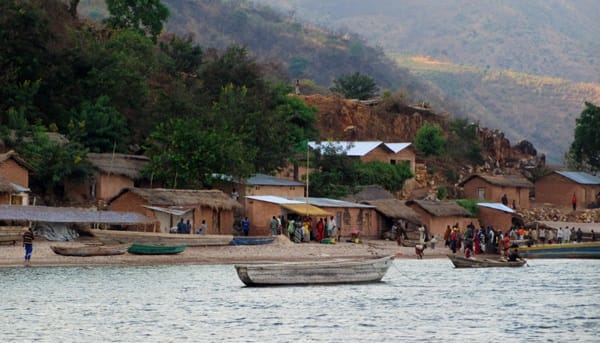Gombe National Park
Discovering the Wonders of Gombe National Park: A Primate Paradise
Nestled along the shores of Lake Tanganyika in western Tanzania lies a gem of the natural world, Gombe Stream National Park. Often overshadowed by its larger counterparts like the Serengeti or Ngorongoro Crater, Gombe National Park offers a unique and intimate wildlife experience that is unlike any other. This park is renowned for its primate research, particularly the groundbreaking work of Dr. Jane Goodall, who began her study of the chimpanzee populations here in 1960. Let us help you to explore the wonders of Gombe National Park and why it should be on every nature lover’s travel list.
The Beginnings of Gombe National Park
Established in 1968, Gombe National Park is Tanzania’s smallest national park, covering just 35 square kilometers. Despite its size, it has become one of the most important research sites for primatology in the world. The park’s lush rainforests and steep valleys create an ideal habitat for a variety of wildlife, but it is most famous for its chimpanzees.
The Jane Goodall Legacy
Gombe is synonymous with the name Jane Goodall, a young British woman who, under the guidance of the anthropologist Louis Leakey, set out to observe and record the behavior of chimpanzees in the wild. Her pioneering research has provided incredible insights into the lives of these primates, including their use of tools, complex social structures, and emotional capacities. The Jane Goodall Institute continues to operate in Gombe, promoting conservation and sustainable development in the region.
Gombe National Park A Primate Haven
The main attraction of Gombe National Park is undoubtedly its population of wild chimpanzees. Visitors can trek into the forest with experienced guides to observe these magnificent creatures in their natural habitat. The experience of watching chimpanzees go about their daily lives—playing, grooming, foraging, and interacting—is profound and deeply moving. Besides chimps, Gombe is also home to other primates, such as olive baboons, red colobus, red-tailed, and blue monkeys.
Trekking Through the Forest
Visiting Gombe National Park is an active adventure. There are no roads in the park, so the only way to explore is on foot. The terrain can be challenging, with steep trails and thick vegetation, but the rewards are well worth the effort. The treks offer not only the chance to see chimpanzees but also the opportunity to immerse oneself in the stunning beauty of the African rainforest.
Birdwatching and Beyond
For bird enthusiasts, Gombe is a paradise. The park boasts over 200 species of birds, including fish eagles, palm-nut vultures, and the trumpeter hornbill. The diversity of birdlife adds another layer to the park’s already rich tapestry of biodiversity.



The Spectacular Lake Tanganyika
Gombe National Park sits on the edge of Lake Tanganyika, the world’s longest freshwater lake and the second deepest. The clear blue waters are a sight to behold and provide a refreshing respite after a long trek. Visitors can enjoy swimming and snorkeling in the lake, which is home to hundreds of species of cichlids—colorful fish that have adapted to the various ecological niches of the lake.
Cultural Encounters

The area around Gombe National Park is inhabited by the local tribes, such as the Bantu-speaking Tongwe people, who have a rich cultural history tied to the forest and the lake. Engaging with the local community offers a chance to learn about traditional ways of life and the impact of conservation efforts on their livelihoods.
Responsible Tourism in Gombe National Park
Visiting Gombe National Park is not just about the incredible wildlife and stunning scenery; it’s also about participating in responsible tourism. The park operates under strict guidelines to ensure the protection of the chimpanzees and their habitat. Visitors are asked to maintain a safe distance from the animals, to avoid transmitting diseases, and to follow the rules set out by their guides. By doing so, tourists play a part in the conservation efforts that help keep Gombe a haven for primates.
Planning Your Visit
Getting to Gombe National Park is an adventure in itself. The park is accessible only by boat from the nearby town of Kigoma, which can be reached by plane or train from Dar es Salaam. The boat normally takes about 1.5 to 2 hours from Kibirizi port in kigoma to Gombe depends with the weather. Accommodations range from basic campsites to more comfortable lodges. It’s essential to plan ahead and be prepared for a rustic and authentic experience.
The entrance fee for gombe is $ 118 per 24 hours which is the highest of all Tanzanian parks. There is an addition of $ 23.6 per group for trekking chimpanzee in the forest.
The Best Time to Visit Gombe National Park
The best time to visit Gombe National Park is during the dry season, from July to October, when the chimpanzees are easier to find as they tend to stay near the lower slopes. However, the park is open year-round, and each season offers a different perspective on this dynamic ecosystem.